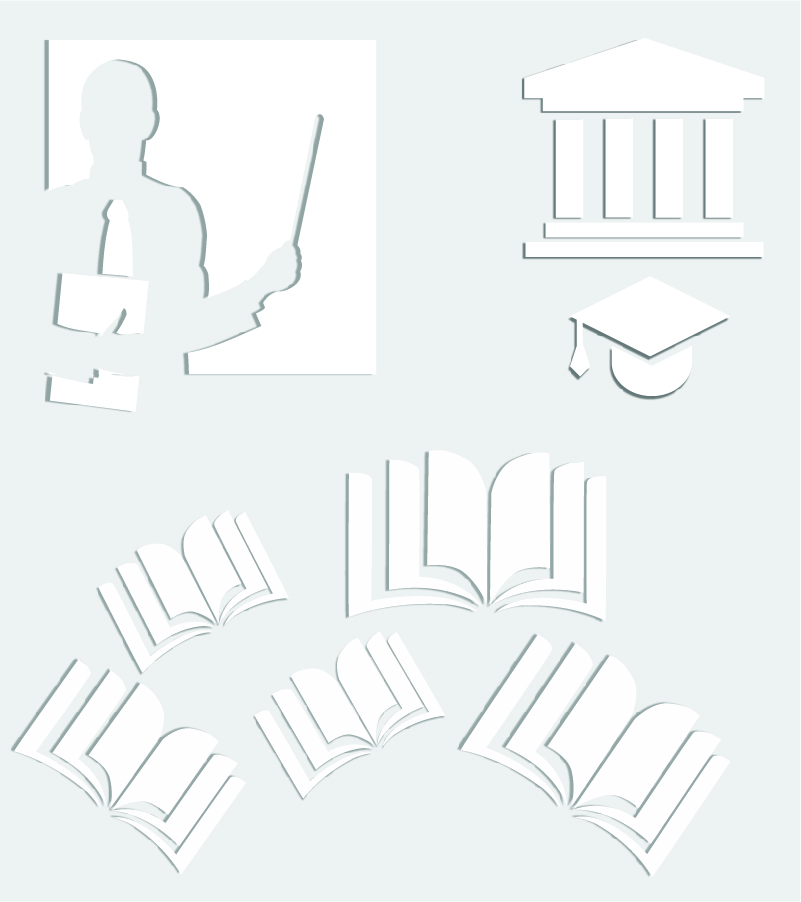Exchange programmes
About the Faculty
Studies
| Subject: Rendering Techniques
(17 -
RG003) Basic Information
Native organizations units
Course specification
Course is active from 14.07.2017.. Precondition courses
Course which have preconditioned courses Rendering Techniques
Selected themes related to getting a high quality 2D image (rendering), starting from the 3D model on which the appropriate texture is placed. Creating simple animations using direct or inverse kinematics. Creating of rendering for different 3D models and different textures, as well as lighting and synthetic camera settings. Creation of renderers, which are aesthetically and in a technical sense of high quality. Creation of short films, as compositions of multiple images. Creating animation using or without bones. Use of direct and inverse kinematics. Animation Interface: Auto Key and Set Key Modes. Speed of motion in animation. Move, delete, and copy keyframes. Linking objects. Creating Preview animation. Curve editor, animation of linked objects, animation of the object by the given path, camera animation along the specified path. Rigging geometrically simple models like the Pixar lamp. Rigging without bones. Rigging with bones. Inverse Kinematik and Forward Kinematik. Animation of Pixar's lamps with direct and inverse kinematics. Creating animation of an animal that has an easy movement mechanism, like a caterpillar. In this example, the creation of bones, layers, controllers, and connection of the model geometry (Mesh) with bones (Skinning) is presented. Creating Point Helpers. Creating simple simulations: flag on the wind, splitting of the fabric, creating a deformed pillow and simulation of leafing on the tree. Using various rendering software: Mental ray, Renderman and VRay. Teaching methods are: lectures, practical work in the animation laboratory, projects design and consultation. The lectures and exercises present the contents of the course and require the active participation of students. Through subject projects students are mastering the practical topics.
|
© 2013. Faculty of Technical Sciences. Trg Dositeja Obradovića 6, 21000 Novi Sad. Tel: +381 21 450 810
Translation: FTS English Team
Translation: FTS English Team





